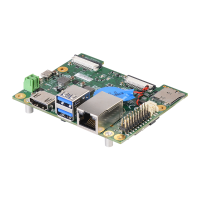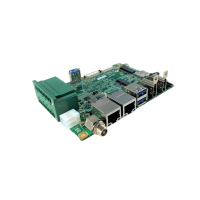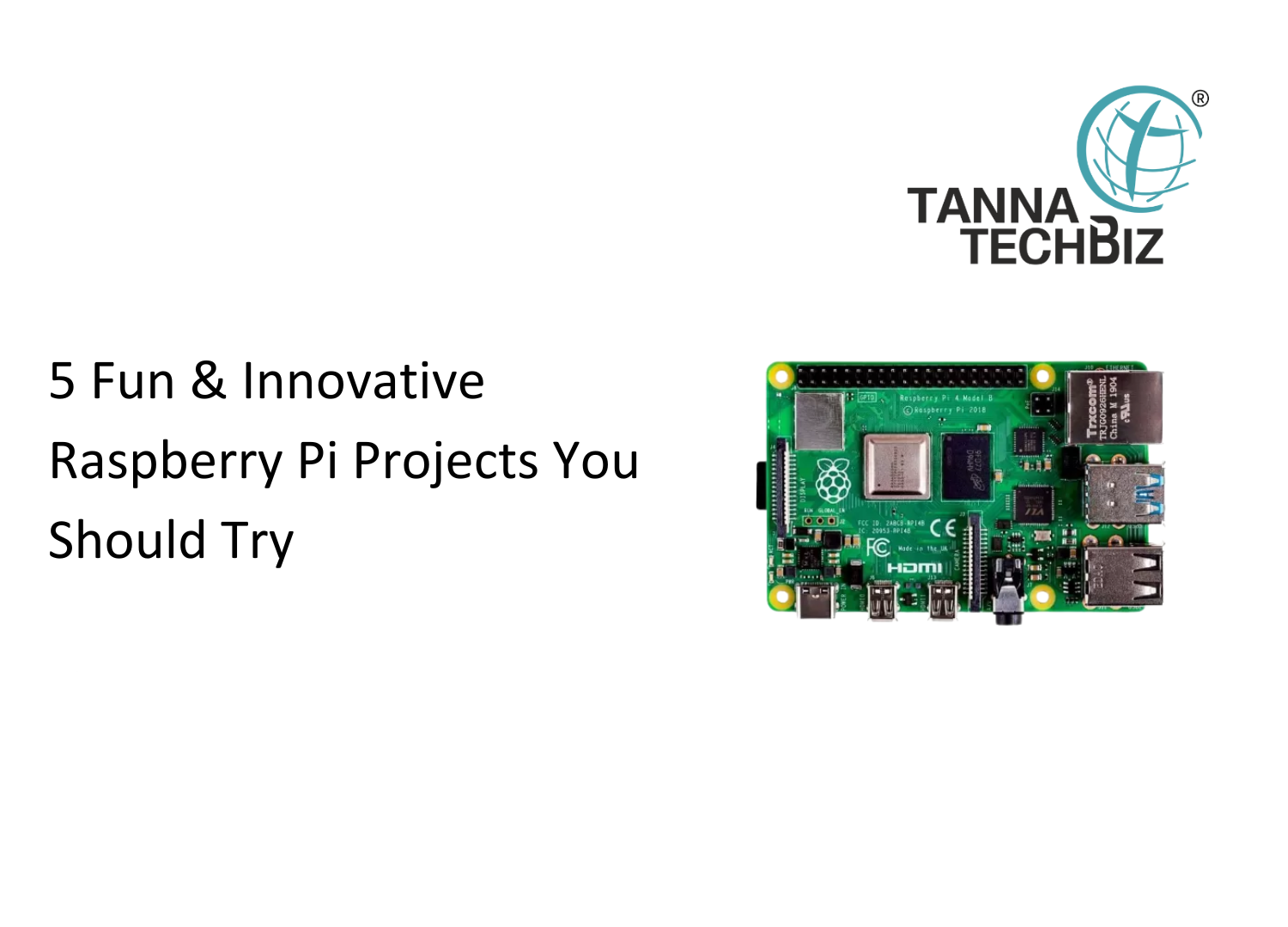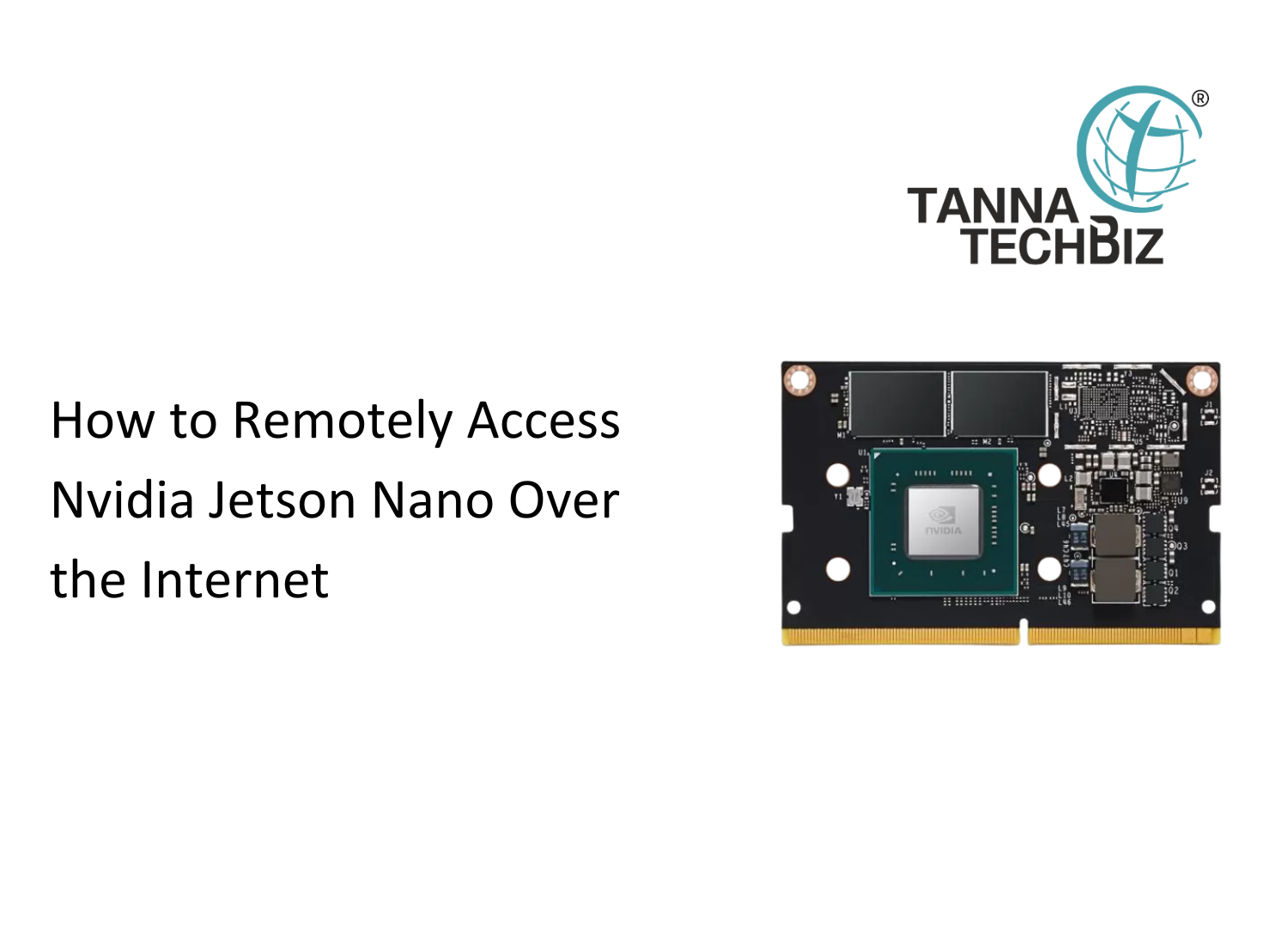A Comprehensive Comparison of Leetop, Realtime, and AverMedia Carrier Boards for NVIDIA® Jetson Xavier NX Modules
March 01, 2024 371

A Comprehensive Comparison of Leetop, Realtime, and AverMedia Carrier Boards for NVIDIA® Jetson Xavier NX Modules
Introduction
In the realm of artificial intelligence and deep learning, the demand for powerful yet compact computing solutions has surged. The NVIDIA Jetson Xavier NX module has emerged as a leading contender, offering robust computational capabilities within a credit card-sized footprint. To harness the full potential of the Xavier NX module, carrier boards play a pivotal role, providing the necessary interfaces and support for diverse applications.
In this comprehensive comparison, we delve into carrier boards from three prominent manufacturers: Realtime, Leetop, and AVerMedia. These boards serve as robust companions to the NVIDIA Jetson Xavier NX module, ensuring seamless integration and optimal performance across various industries and deployment scenarios.
Overview of Carrier Boards:
Let's explore the key features and specifications of each manufacturer's carrier boards:
Realtime:
Realtime offers a lineup of carrier boards tailored for the NVIDIA Jetson Xavier NX module. The RTSO-6002/E, RTSO-6003/E, RTSO-6004, cater to a spectrum of features catering to various deployment scenarios, from stringent environmental conditions to demanding computational tasks.
Leetop:
Leetop, a Chinese startup specializing in AI robots and IoT applications, provides four carrier boards for the NVIDIA Jetson Xavier NX module:
- A206: Versatile with a variety of interfaces, suitable for industrial and commercial applications.
AVerMedia:
AVerMedia also offers carrier boards for NVIDIA Jetson modules, including the NX215 and EN715:
- NX215: Broad compatibility and extensive networking options, suitable for demanding industrial applications.
- EN715: Compact and simple design, ideal for space-constrained deployments without compromising essential functionalities.
Technical Specifications Comparison
| Feature | Realtime RTSO-6002/E | Realtime RTSO-6003/E | Realtime RTSO-6004 | Leetop A206 | AVerMedia NX215 | AVerMedia EN715 |
| NVIDIA GPU SoC Module Compatibility | Jetson Xavier NX/TX2 NX/Nano | Xavier NX/TX2 NX/Nano | Xavier NX/TX2 NX/Nano | NVIDIA Jetson Xavier NX / Nano / Orin NX | Orin NX/Orin Nano/Xavier NX/TX2 NX/Nano | Jetson Nano (B01)/TX2 NX/Xavier NX |
| Networking | 1 x GbE(10/100/1000 BASE-T) | 1 x Gigabit Ethernet (10/100/1000 BASE-T); 4 x Gigabit Ethernet connectors (POE) (Four integrated network ports share one network adapter and one MAC address) | Network 2 x GbE (10/100/1000 BASE-T) | 1 x Gigabit Ethernet Connector (10/100/1000) | 2x GbE RJ-45 1xM.2. key E 2230 for wifi (NANO doesn’t support) | 1 x GbE RJ-45 |
| Wi-Fi | - | 1xM.2. key E interface | 1xM.2. key E 2230 for wifi (NANO doesn’t support) | 1xM.2. key E interface | 1xM.2. key E 2230 for wifi (NANO doesn’t support) | - |
| Display Output | 1 x Mini-HDMI 2.0 interface(Max 6Gbps,24bpp,4096x2160@60Hz) | 1 x HDMI 2.0 interface, 1 x Mini HDMI 2.0 interface | Display 1 x HDMI 2.0 interface (Max 6Gbps,24bpp,4096x2160@60Hz) | 2 multi-mode DP 1.4/eDP 1.4/HDMI 2.0 2 multi-mode DP 1.2/eDP 1.4/HDMI 2.0 1x 8K60 multi-mode DP 1.4a (+MST)/eDP1.4a/HDMI 2.1 | 1x HDMI 3840 x 2160 at 60Hz for Orin NX at 30Hz for Orin Nano 2x HDMI 2.0 (3840 x 2160 at 60Hz) 1x HDMI 2.0 (3840 x 2160 at 60Hz) | 1 x HDMI output 3840 x 2160 at 60Hz |
| Temperature | -40~+80℃ | 0~+70℃ | -40~+80℃ | Operating temperature -25°C to +80°C | Operating temperature 0°C~70°C Storage temperature -40°C ~ 85°C Relative humidity 40 °C @ 95%, Non-Condensing | Operating temperature 0°C~70°C Storage temperature -40°C ~ 85°C Relative humidity 40 °C @ 95%, Non-Condensing |
| MIPI Camera Inputs (Internal) | 2 x 2-lane MIPI ports | - | - | 2x Camera | 2x 2 lane MIPI CSI-2, 15 pin FPC 1mm Pitch Connector • 1x 4 lane MIPI CSI-2, 36 pin FPC 0.5mm Pitch Connector (only for NX/TX2 NX/Nano) | 2 x 2 lane MIPI CSI-2, 15 pin FPC 1mm Pitch Connector (Compatible on NVIDIA® Jetson Nano™ Developer Kit) • 1 x 4 lane MIPI CSI-2, 36 pin FPC 0.5mm Pitch Connector |
| USB | 1 x USB Type A port, support USB 2.0, USB 3.0 signals, provide 1A output current; 1 x USB Type A port, support only USB 2.0 signal, provide 1A output current; 1 x Micro USB port that supports usb host and usb device modes and provides 1A output current | 1 x USB3.0 Type-Aport, support USB3.0 signal, provide 1Aoutput current, 1 x Micro USB2.0 OTG port, support USB host and USB device mode, provide 1Aoutput current | 4 x USB Type A interface, supports USB2.0, USB3.0/USB3.1 signals, and provides 1.5A output current,1 x Micro USB port, supports USB host and USB device modes, and provides 0.5A output current | 4x USB 3.0 Type A (Integrated USB 2.0) 1x USB 2.0 Type C (Support OTG) | 1x USB 2.0 Micro-B for recovery 3x USB 3.0 Type-A | 1 x USB 2.0 Micro-B for recovery 2 x USB 3.0 Type-A |
| HDMI | 1 x Mini-HDMI 2.0 interface (maximum 6Gbps, 24bpp, 4096x2160@60Hz) | 1x HDMI 2.0 interface,1x Mini HDMI 2.0 interface | 1x HDMI 2.0 interface | 1x HDMI interface , 1x DP interface | 2x HDMI interface | 1x HDMI interface |
| Storage | 1 x 128G eMMC | 1 x 128G eMMC | 1 x Micro SD card slot | 16 GB eMMC 5.1 (Supports external NVMe) | 1 x Micro SD card slot , 1x M.2 M - Key Socket | 1 x micro-SD card slot |
| Expansion Header | 2 x 3.3Vfunction port UART, 1 x Debug UART, 2 x I2C, 1 x SPI and GPIO multiplexing 2 x CAN 2.0 (Nano has no CAN function) | 1 x Isolated communication port (485, CAN, 4 I/O ports) (with Nano core without CAN function) 1 x Multi-function Pin | 1x Multi-function interface (internal support 2 x CAN, 2 x RS485, 4 x GPIO (3.3 V), 1 x Debug UART, | 40 pins: multifunctionals , 4 pins CAN BUS ,12 pins Button Header Pinout | 20 pins: 2x I2C, 1x UART, 9x GPIOs | 20 pins: 2x I2C, 1x UART, 9x GPIOs |
| SIM Card | - | - | 1 x Micro SIM card slot | - | - | - |
| SD Card | 1 x Micro SD card slot | 1 x Micro SD card slot | 1 x Micro SD card slot | 1 x Micro SD card slot | 1 x Micro SD card slot | 1 x Micro SD card slot |
| Input Power | +9~+20V | +9~+20V | 9~+20V | 13V to +19V DC Input @ 8A | DCINJACK on board & ATX 4pin 12V/5A, 12V~24V is recommended. | 3.5mm Screw Terminal; 12V/5A, 9V~19V is recommended |
| Thermal Solution | 1 x FAN fan connector | 1 x FAN interface | 2 x Fan control interface | 2 x Fan(12V/5V),1 x FAN(5V PWM) | 1 x FAN fan connector | 1 x FAN fan connector |
| Buttons | 3 x Button(POWER_BUTTON,RESET_BUTTON、RECOVERY_BUTTON) | 3 x Button(POWER_BUTTON,RESET_BUTTON、RECOVERY_BUTTON) | 2 x Button(RESET_BUTTON、RECOVERY_BUTTON) | 12 pin Button Header pinout | Power and Recovery | Power and Recovery |
| RTC Battery | 1 x RTC interface | 1 x RTC battery interface | 1 x RTC battery holder | 1x RTC Battery Connector | Support RTC battery and Battery Life Monitoring by MCU | Support RTC battery and Battery Life Monitoring by MCU |
| PCB/Electronics Mechanical Info | L 87mm x W 57mm x H 26.37mm | L 150mm x W 94mm x H28mm | L 139mm x W 101mm xH 38mm | L 81mm x W 100mm xH 1.6mm | 120mm (W) x 90mm (L) x 26.5mm (H) | W: 87mm x L: 70mm |
| Product Link | - | - | Link | Link | Link | Link |
Conclusion:
In the rapidly evolving landscape of artificial intelligence and edge computing, the choice of a carrier board for the NVIDIA Jetson Xavier NX module is crucial for seamless integration and optimal performance. Each manufacturer's lineup of carrier boards offers a diverse range of features and specifications catering to various application scenarios.
Realtime's carrier boards excel in providing robust connectivity options, industrial-grade durability, and support for emerging technologies. Leetop's offerings cater to different use cases with a variety of form factors and interfaces, from compact and lightweight designs to rugged and reliable solutions. AVerMedia's boards balance compatibility, performance, and ease of integration, empowering developers and engineers to unleash the full potential of the NVIDIA Jetson Xavier NX module across diverse use cases.
Ultimately, the choice depends on specific project requirements, balancing factors like connectivity, form factor, power consumption, and ease of integration. With the right carrier board, developers can leverage the power of the NVIDIA Jetson Xavier NX module to drive innovation across industries, from autonomous vehicles to smart surveillance systems and beyond.






